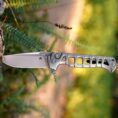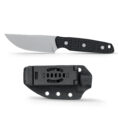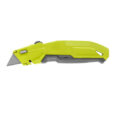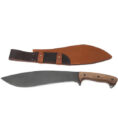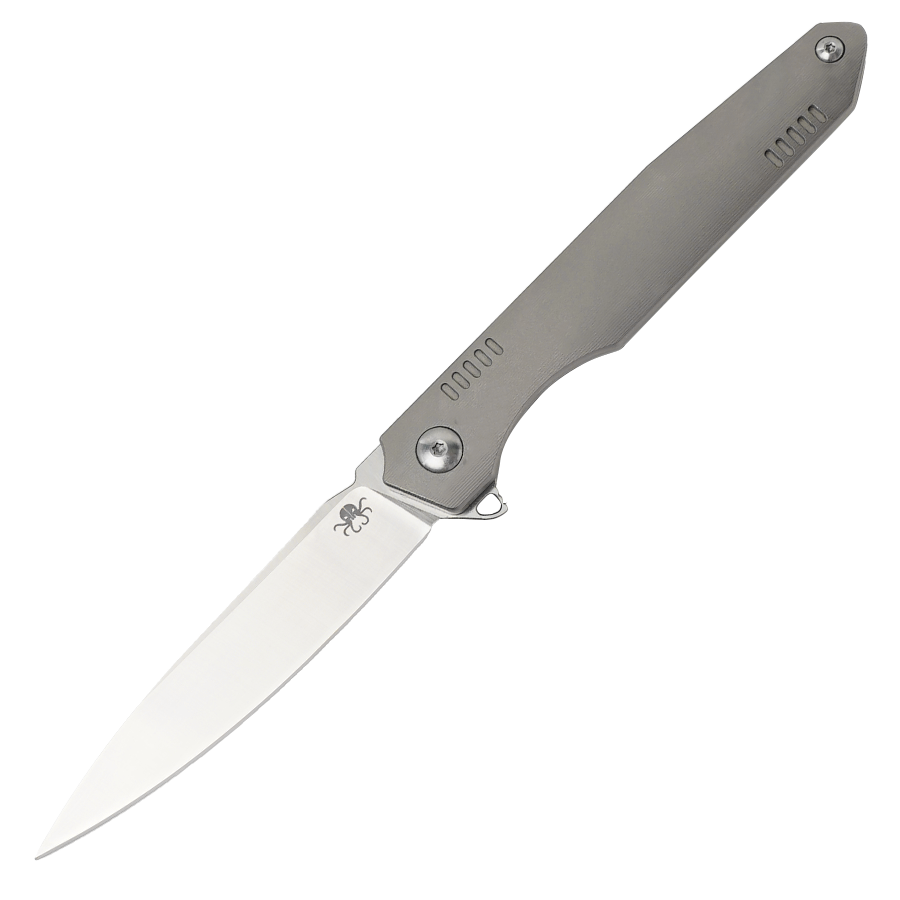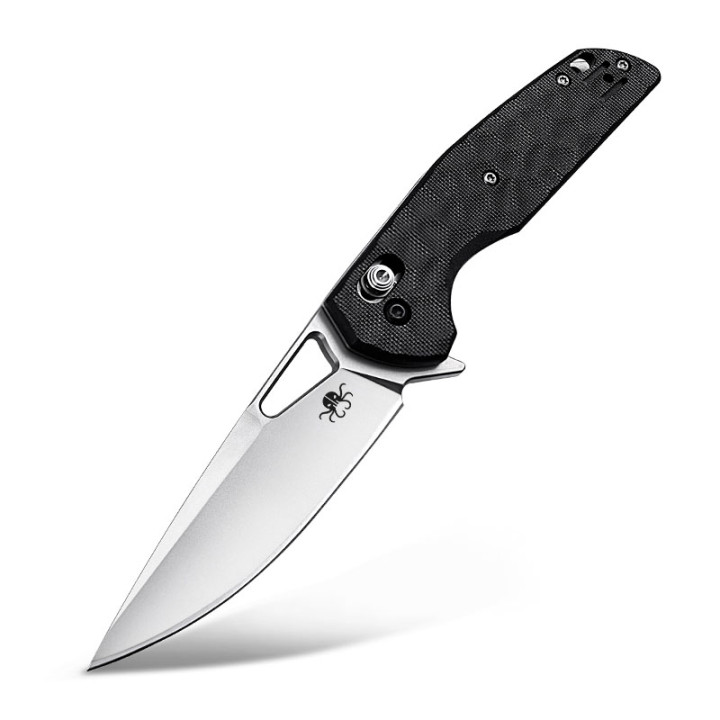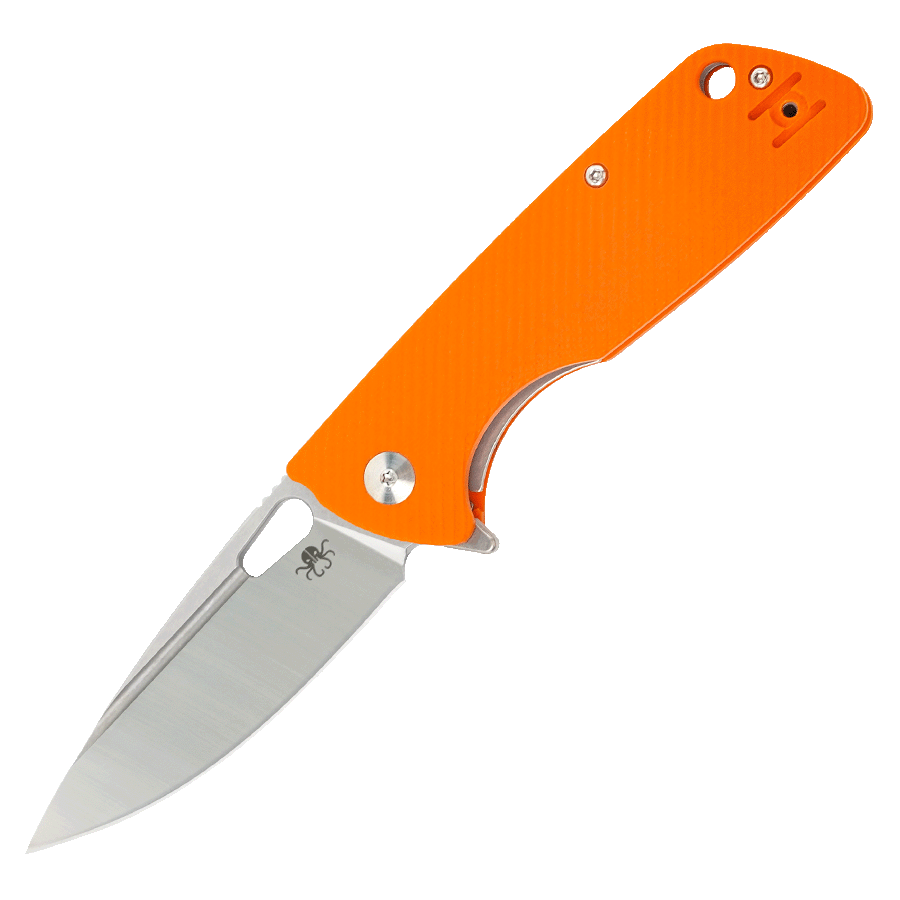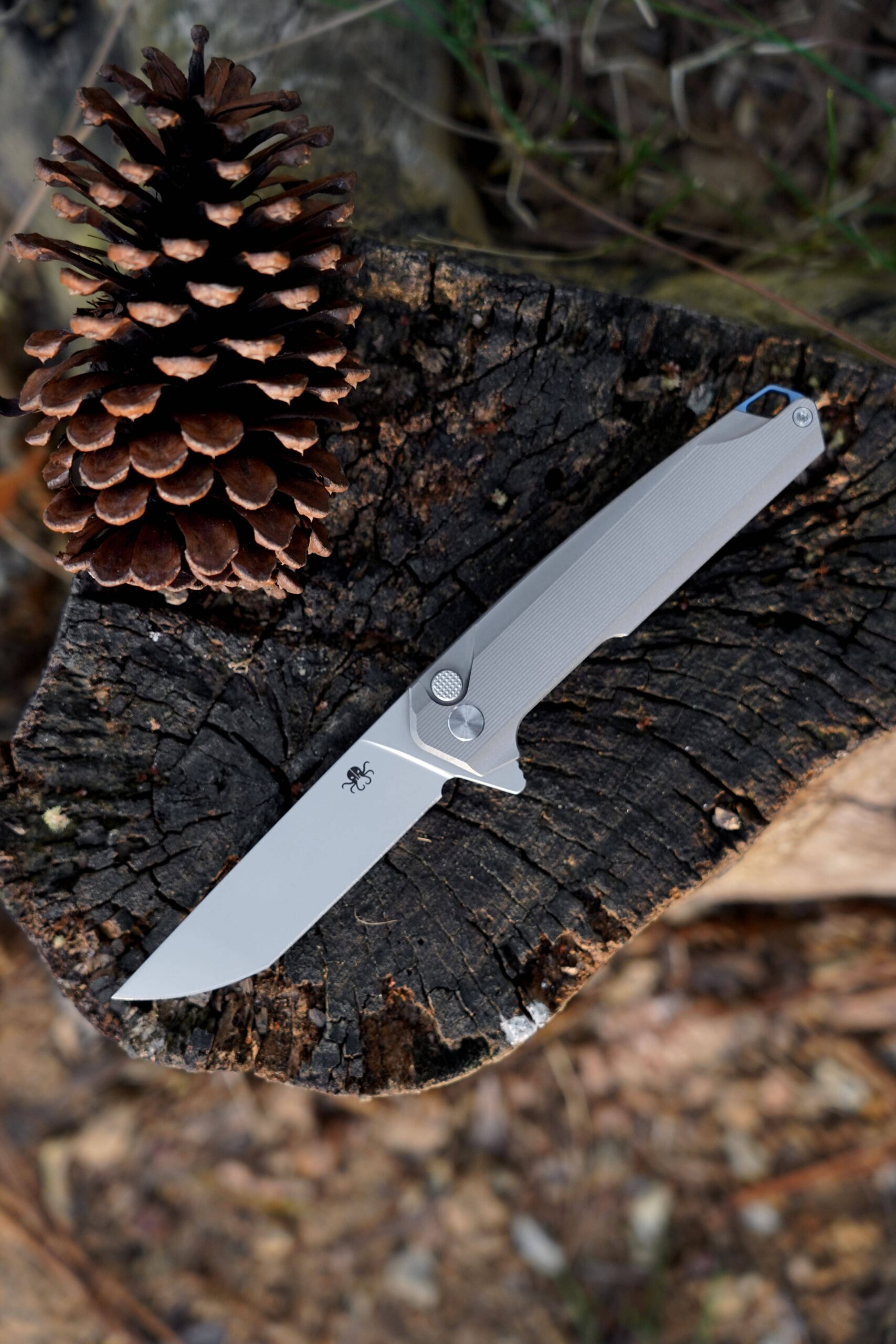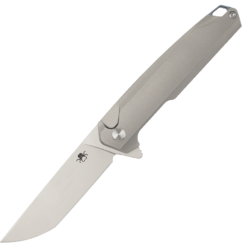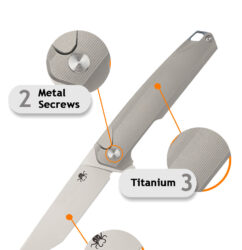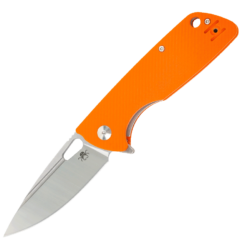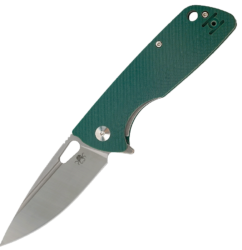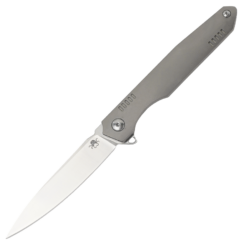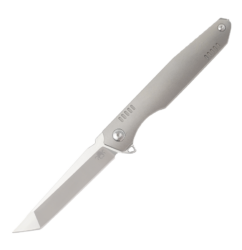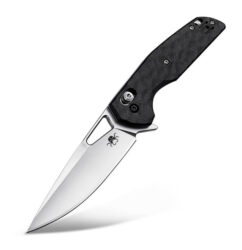The Origins of the Folding Knife: A Journey Through History
The folding knife is one of humanity’s oldest and most versatile tools, with a history spanning thousands of years. But who made the first folding knife? The answer is not entirely clear, as early folding knives emerged independently in different cultures. However, historical evidence points to ancient civilizations such as the Romans and possibly even earlier societies as the pioneers of this ingenious invention.
Early Origins of the Folding Knife
The concept of a folding blade likely arose from the need for portability and safety. Unlike fixed-blade knives, folding knives could be carried easily without the risk of accidental cuts. Archaeological findings suggest that the earliest folding knives date back to at least the Iron Age (around 600-500 BCE).
One of the oldest known folding knives was discovered in Hallstatt, Austria, dating back to around 500-600 BCE. This knife featured a simple pivoting mechanism, allowing the blade to fold into the handle. Similar designs have been found in Etruscan and Roman sites, indicating that folding knives were already in use by these advanced civilizations.
The Roman Folding Knife: A Practical Tool
The Romans were among the first to mass-produce folding knives for everyday use. Their version, known as the “Roman friction folder,” had a blade that pivoted on a single pin and relied on friction to stay open. Unlike modern locking mechanisms, these early knives did not have a secure lock, but they were highly functional for cutting food, leather, and other materials.
Roman soldiers, merchants, and civilians carried folding knives for utility and convenience. Some surviving examples feature bone, wood, or bronze handles, demonstrating early craftsmanship in knife-making.
Folding Knives in the East
While the Romans popularized folding knives in Europe, similar designs appeared in China and Japan. The Chinese “Zhe-wei” (pocket knife) and Japanese “Higonokami” (a traditional folding knife) have been used for centuries. The Higonokami, in particular, became famous for its simple yet effective design, featuring a lever on the blade for easy opening.
Medieval and Renaissance Developments
During the Middle Ages, folding knives evolved with improved locking mechanisms. The “peasant knife” or “slip joint knife” became common in Europe, using a spring-loaded back to keep the blade open. These knives were essential tools for farmers, craftsmen, and travelers.
By the Renaissance, folding knives became more refined, with decorative handles made from ivory, horn, or precious metals. Wealthy individuals often carried ornate folding knives as status symbols.
The Modern Folding Knife
The Industrial Revolution brought significant advancements in knife manufacturing. In the late 19th and early 20th centuries, companies like Victorinox (Switzerland) and Case (USA) began producing high-quality folding knives. The Swiss Army Knife, introduced in 1891, became an iconic multi-tool with multiple folding blades and tools.
Today, folding knives come in various styles, including:
- Lockback knives (secure locking mechanism)
- Linerlock and framelock knives (modern one-handed operation)
- Automatic/switchblade knives (spring-assisted opening)
Conclusion
While the exact inventor of the first folding knife remains unknown, ancient civilizations like the Romans and early European cultures played a crucial role in its development. From simple friction folders to today’s high-tech tactical knives, the folding knife has remained an essential tool for survival, work, and everyday carry. Its evolution reflects human ingenuity and the constant pursuit of practicality and convenience.
Whether used by a Roman soldier, a medieval craftsman, or a modern outdoorsman, the folding knife continues to be a timeless invention that has stood the test of time.

